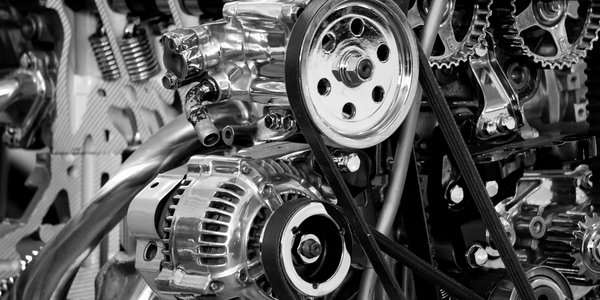
- Functional Applications - Manufacturing Execution Systems (MES)
- Automotive
- Discrete Manufacturing
- Process Control & Optimization
This document summarizes the manufacturing execution system (MES), or manufacturing operations management (MOM) solution implemented by a leading Automotive manufacturer to manage the complex assembly of the engine for their new Supercar. The MES/MOM was integral to ensure each and every single of the nearly two-thousand (2,000) process steps involved to build the engine were completed to the set specifications or tolerances without fail. MES/MOM ensured zero-defects during the assembly of the engines since it monitored and controlled all operations; all tools and devices, and the line workers themselves since the MES/MOM directed them from job start to end. The MES/MOM verified worker credentials, provided work instructions, and confirmed that the materials and tools were properly selected for the exact task at hand. Destined for the Automotive manufacturer’s highest-performance GT sports car (see Figure 1), the twin-turbo charged V6 “EcoBoost” engine is vital to the success of the final product. Given the intricacy of the engine and the number of steps needed to assemble it, and its high tolerances, the MES/MOM proved indispensable.
By implementing a MES/MOM to manage every manufacturing operation the customer was enabled to achieve the highest level of error-proofing to produce a quality product while keeping costs down. The engine assembly starts with the creation of an ‘Engine Birth History Report’ which is unique to each and every engine or serial number. The engine birth history report follows every engine (Figure 2) throughout the life of its assembly, and identifies all of the captured process steps or assembly data into a central database (SQL server). Every single detail is important, right down to verifying the worker and their timing, what tools they select, which socket, and what part. In the case of the crank shaft each part is identified by matrix barcode which must be scanned into the MES/MOM; once the first part’s unique specification is input, the second matching part must be matched by another worker at a different station later on. If the parts do not match an alert is raised actioning the next steps to remedy the situation. The MES/MOM’s feature of “cross station investigation” highlights the ‘feature based’ or made-to-order (MTO) capabilities, or flexibility inherent in the manufacturing operations management solution. The engine birth history report in this case mapped out exactly all parts, tools to be used, matching sockets, fastening tolerances, and thousands of process steps unique to the assembly of each and every engine.

Case Study missing?
Start adding your own!
Register with your work email and create a new case study profile for your business.
Related Case Studies.









